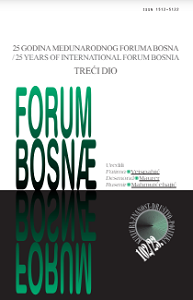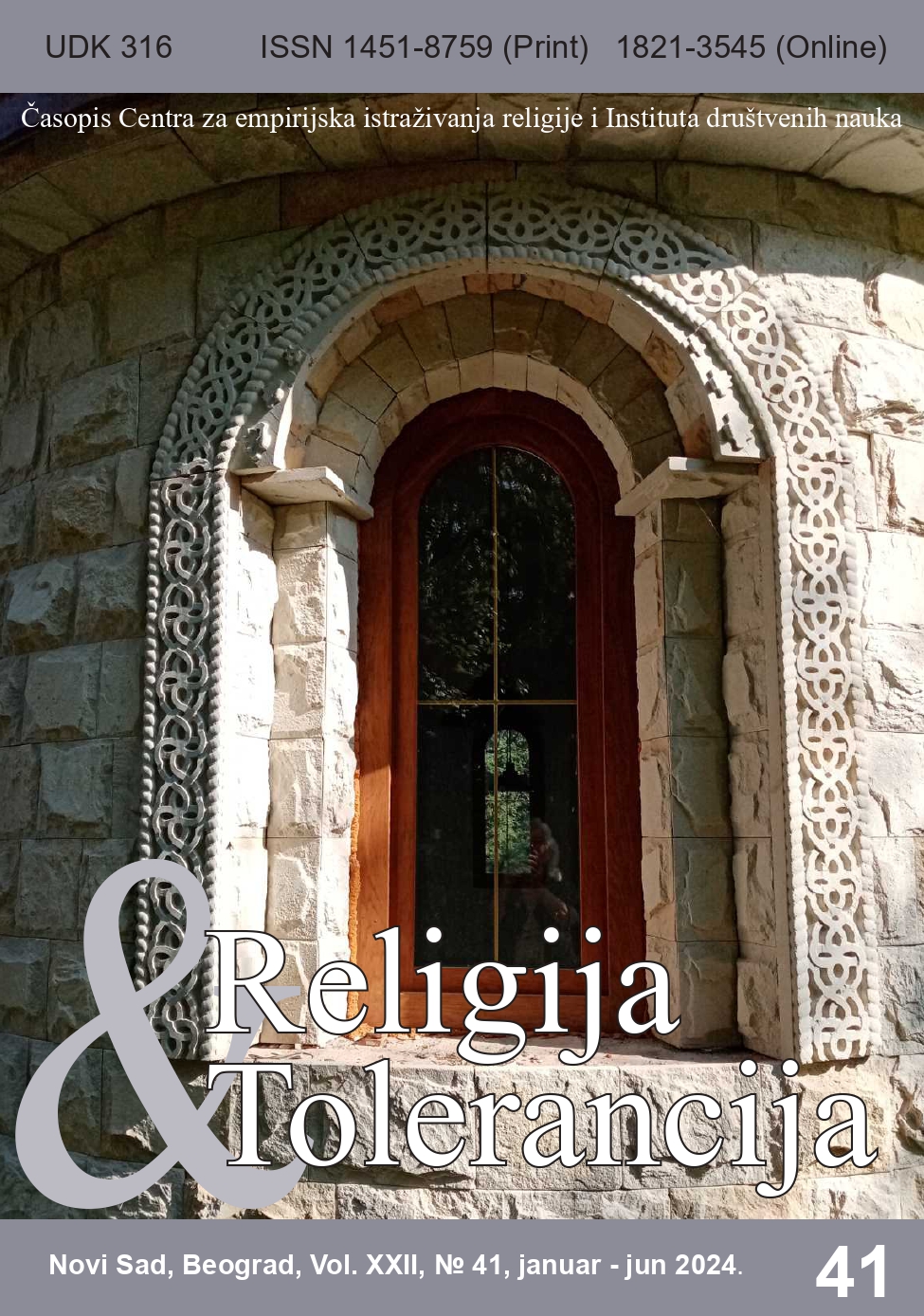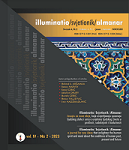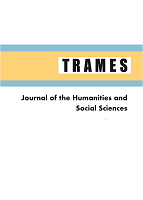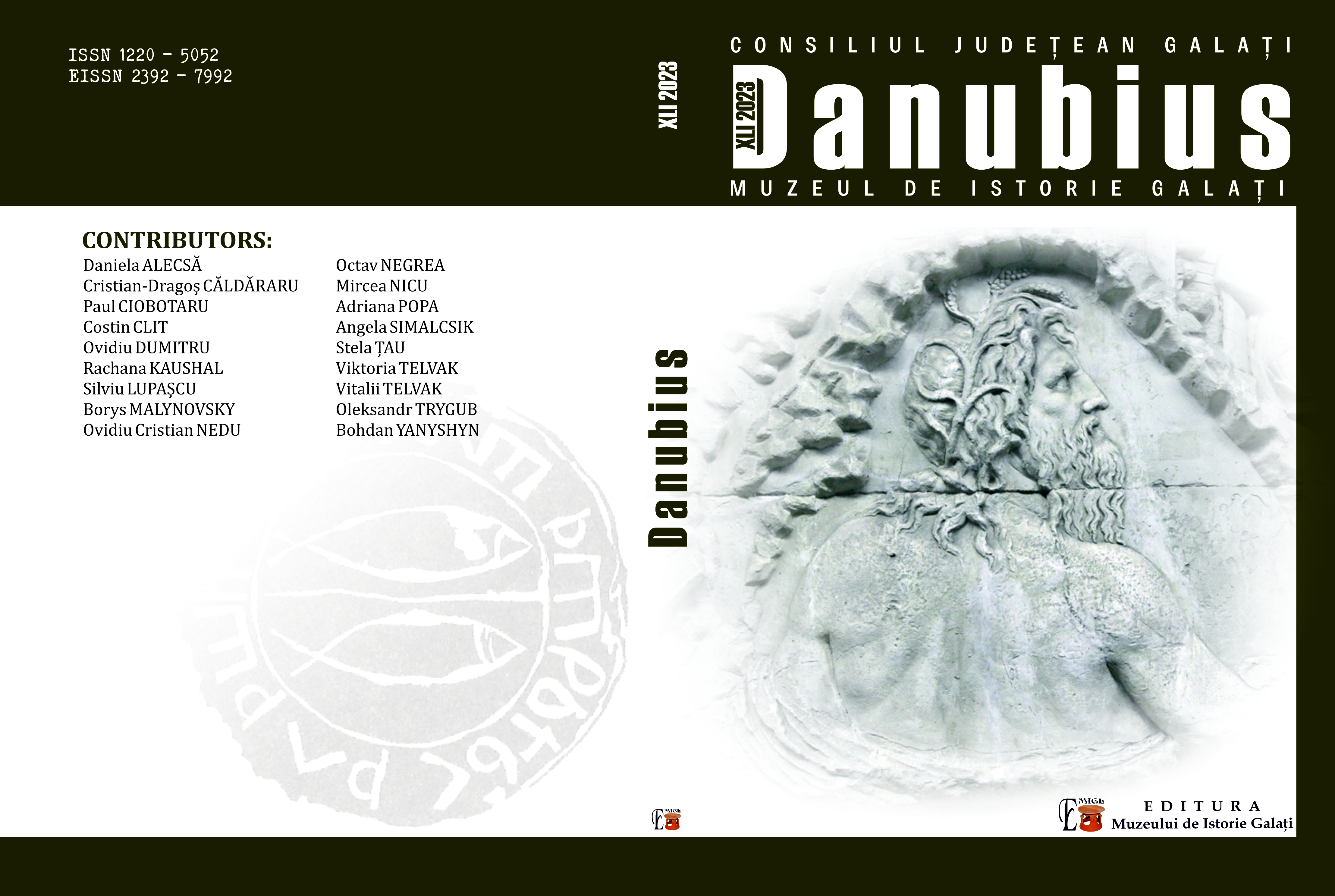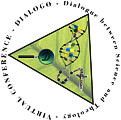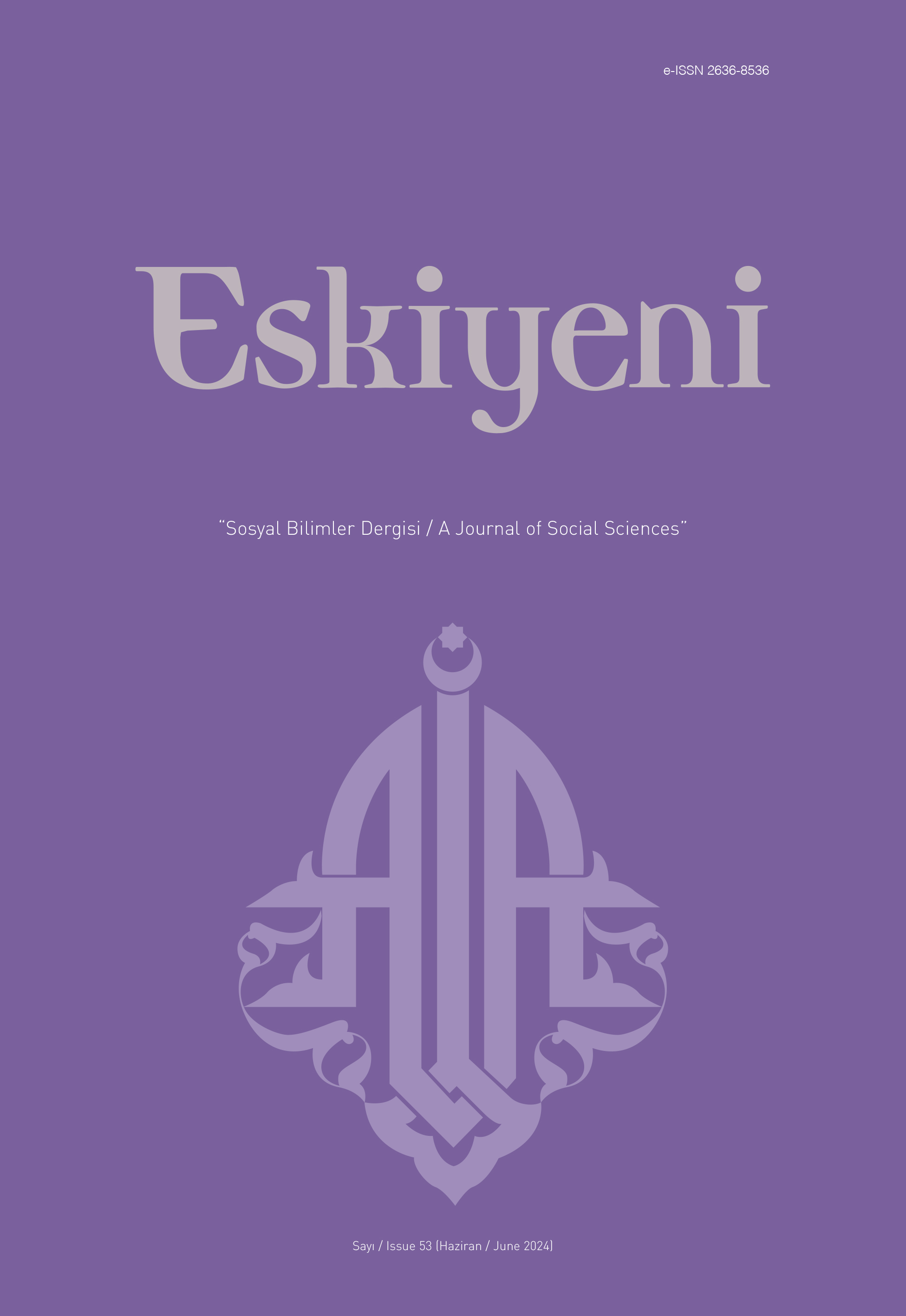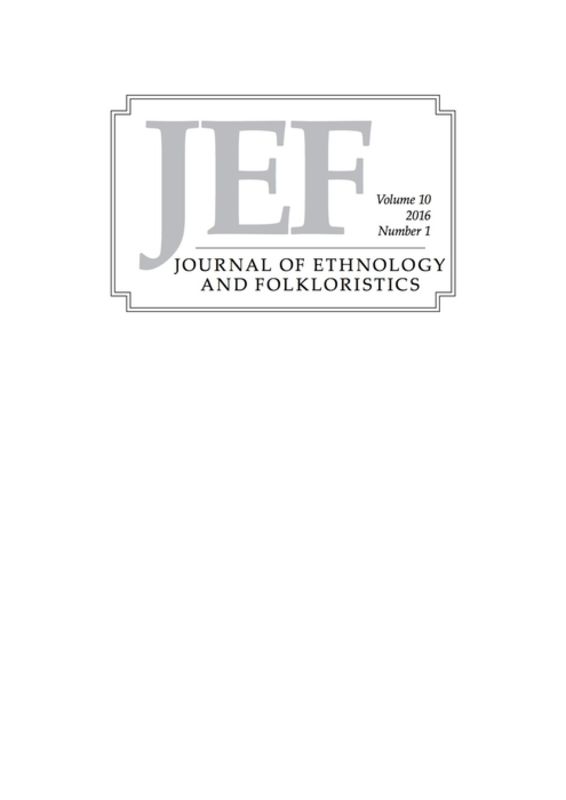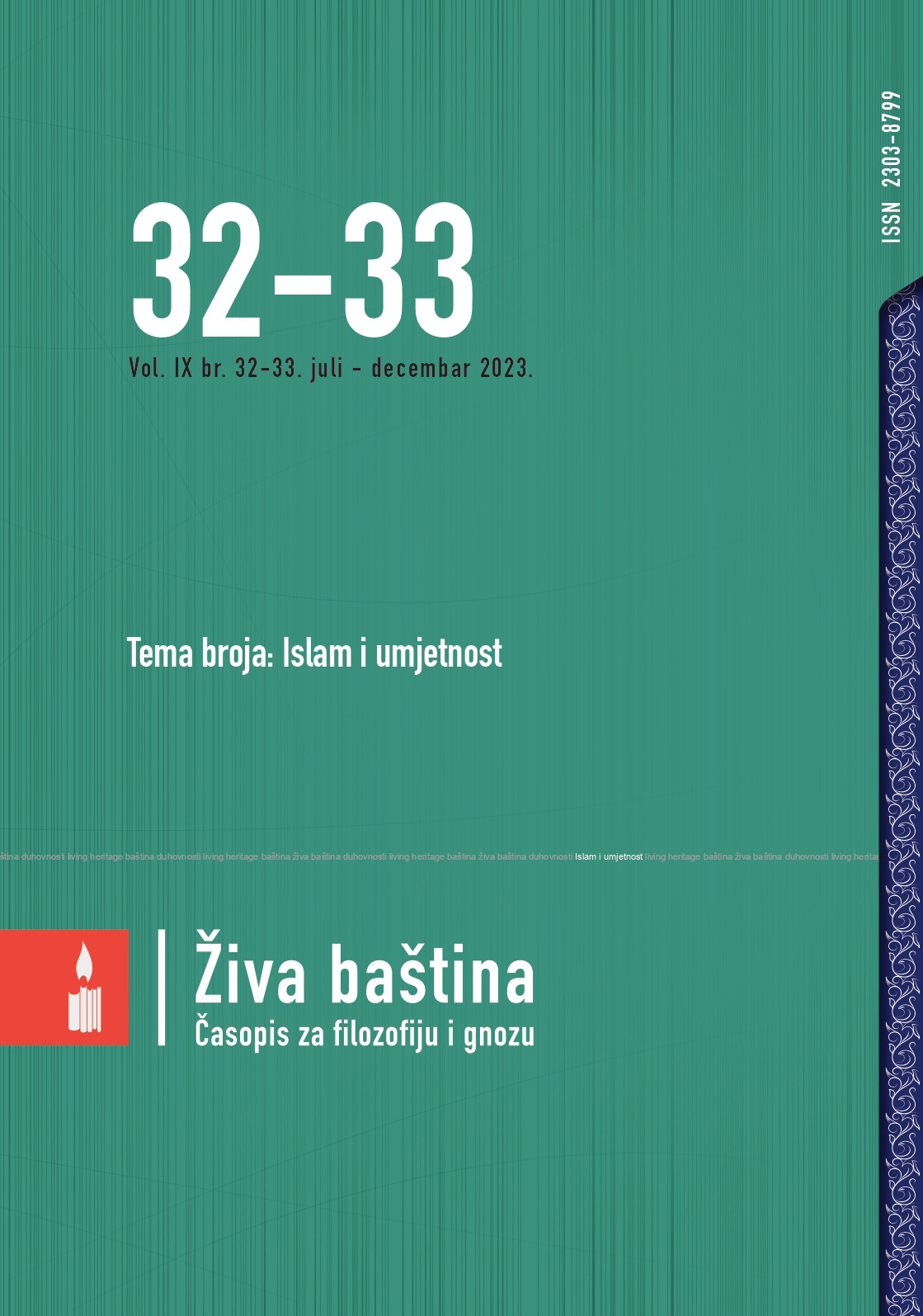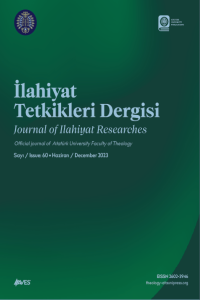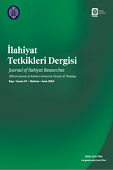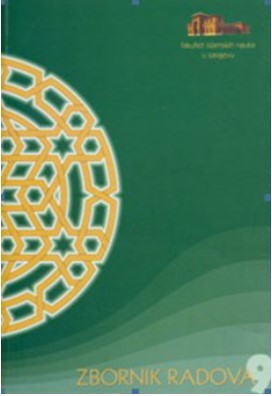
DŽIHAD I NJEGOVA ZLOUPOTREBA
Sarajevo University Centre for Interdisciplinary Postgraduate Studies, the Faculty of Law and the review “Human rights” jointly organised a discussion about phenomenon of terror in the contemporary world. Direct object of the discussion was the book Islam and Terror by academician Muhamed Filipović and the two other books Terorism: meaning, history and connection with religion and Meaning of terrorism - the Response of Islamic Institutions by professor Fikret Karčić. After thorough reading of these books one can notice that phenomenon of the jihad neither is widely elaborated nor given adequate place and space in the books as it deserves. Academician Muhamed Filipović in the last part of his book has given some more space to jihad and the terrorist act of September 11th 2001, allegedly dine in the name of Islam and pointed out that in fact it is an act of terror and crime against Islam because when an act like this is put into a context of a great idea of human struggle on the Path of God (Jihadun fi sebilillahi), the real sense of the path is being falsified and planted by something what has no any connection with that idea and it actually confronts the idea literally and spiritually. On some other pages of the book academician Filipović stresses that it is necessary to distinguish the sense and the character of the sacrifice in Islam, because the principle of sacrifice is used by some Muslim groups or groups who name and consider themselves Muslim to such extent that it has nothing in common either with Islam and the learning which we got through
More...
